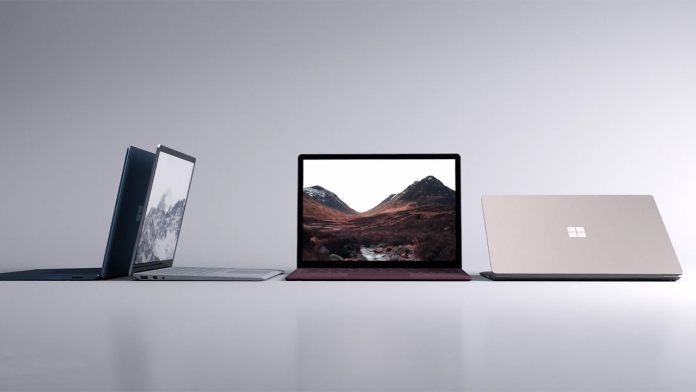Last week, Microsoft rolled out its Surface Laptop device running Windows 10 S. While the platform is oriented towards students and education, the company would likely hope the hardware reaches a wider audience. After-all, the Surface Laptop costs nearly $1,000. However, Windows 10 S may prove a limiting factor and a reason for non-education customers to stay away.
ZDNet reports there are some significant omissions from Windows 10 S. Chief among them are PowerShell, regedit, and Windows Command. Ed Bott also highlights Windows components that are blocked:
“bash.exe, cdb.exe, cmd.exe, cscript.exe, csi.exe, dnx.exe, kd.exe, lxssmanager.dll, msbuild.exe, ntsd.exe, powershell.exe, powershell_ise.exe, rcsi.exe, reg.exe, regedt32.exe, windbg.exe, wmic.exe, wscript.exe. A colleague confirmed that even the Windows Command Processor, cmd.exe, can't run interactively in Windows 10 S.”
Many of these are the kind of things that IT pros would find essential. Microsoft may argue that Windows 10 S is built for education customers who want a light and simple experience. It is a fair argument to make, but it does leave the Surface Laptop in an awkward place.
On the one hand, it is the carrier hardware for the light Windows 10 S, but on the other it is a highly-spec'd machine capable of being a IT pro's laptop.
Yes, Microsoft has said that users can upgrade to Windows 10 Pro from any Windows 10 S machine, but that offer runs until the end of the year. After that, customers are on their own. They need to buy an upgrade for $49 starting in 2018.
It is also worth noting, while the platform is ideal for educators, it will struggle to fulfil the needs of normal users. Desktop apps cannot be downloaded directly from a browser and need to be signed off by Microsoft through the Windows Store.
Admittedly, the company already has solid support. WhatsApp, iTunes, and Spotify are among the major providers bringing converted apps to the store this year. Microsoft has also already released its own Office suite.
But, for example, if you want the full Chrome or Firefox browser experience, you won't get it. Some will probably claim Microsoft is forcing developers to go through the Windows Store.
With that in mind, any consumer looking for a regular laptop may be put off by its limitations, or unwilling to pay extra to make it less restrictive (by getting Windows 10 Pro).
Managing the Limitations
Does that mean the Surface Laptop is a pointless device? Not really, it is actually a perfect device for anyone who knows nothing about computing and/or Windows. By leveraging Windows 10 S, it is virtually impossible for a user to screw it up.
Of course, this was kind of the point. Microsoft wants the new platform to compete with Google's Chrome OS. The company may have been too vague on the limitations of Windows 10 S, but it's abilities are clear.
It marries the security and ease of use that made Chrome OS a smash hit amongst the education crowd. However, it also provides most of the Windows 10 experience and Win32 apps that you would want for a full PC experience.
It is possible the Surface Laptop should have just been a full Windows 10 device. Certainly, it does not sit well that a platform designed for a market that thrives on affordability is being led by a wallet bashing piece of hardware.
Microsoft may struggle to convince people to buy the Surface Laptop when more affordable Windows 10 S devices arrive. I wouldn't be surprised to see that free Windows 10 Pro upgrade extended, maybe even indefinitely.
Last Updated on April 9, 2020 12:02 pm CEST by Luke Jones






